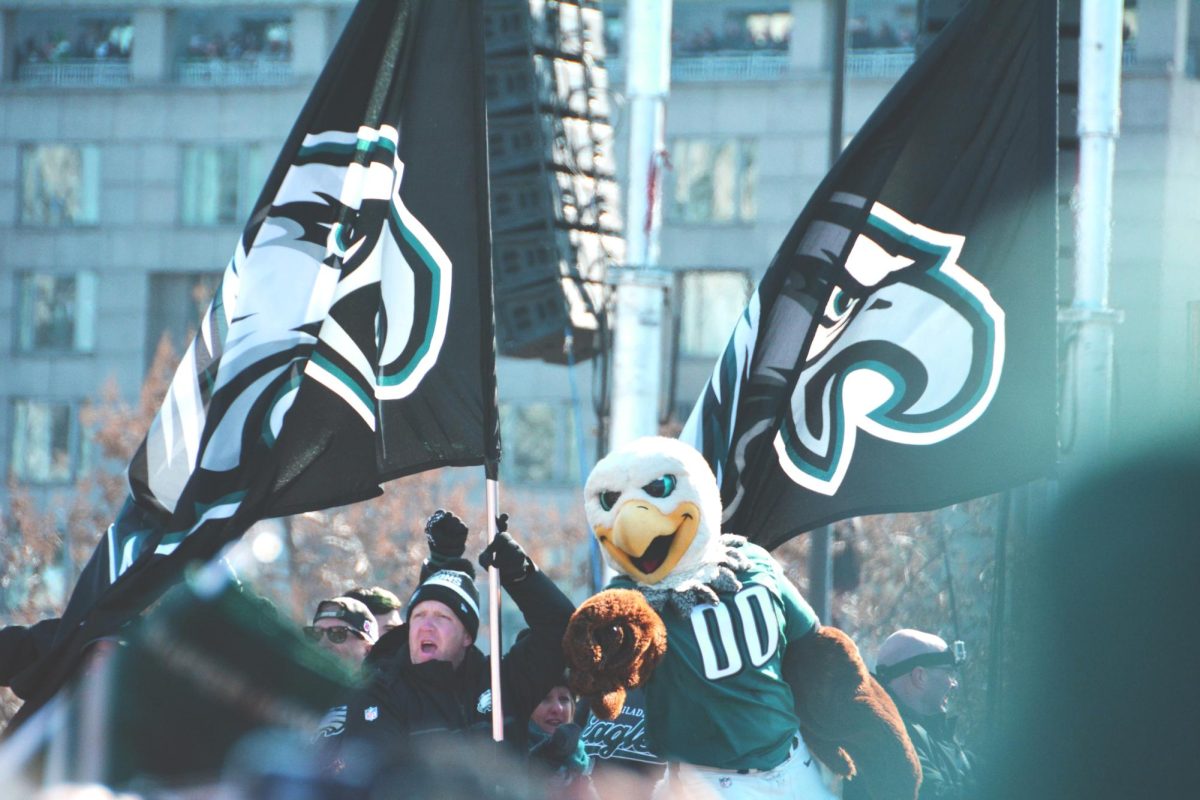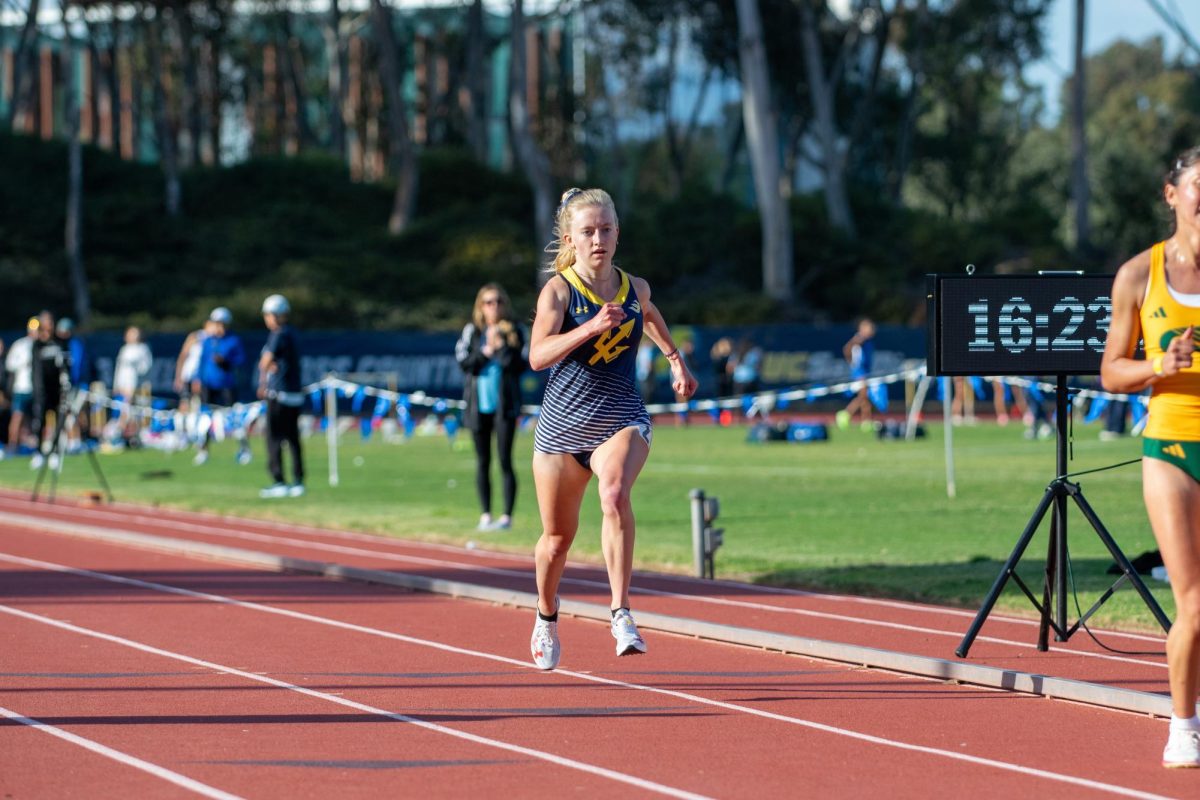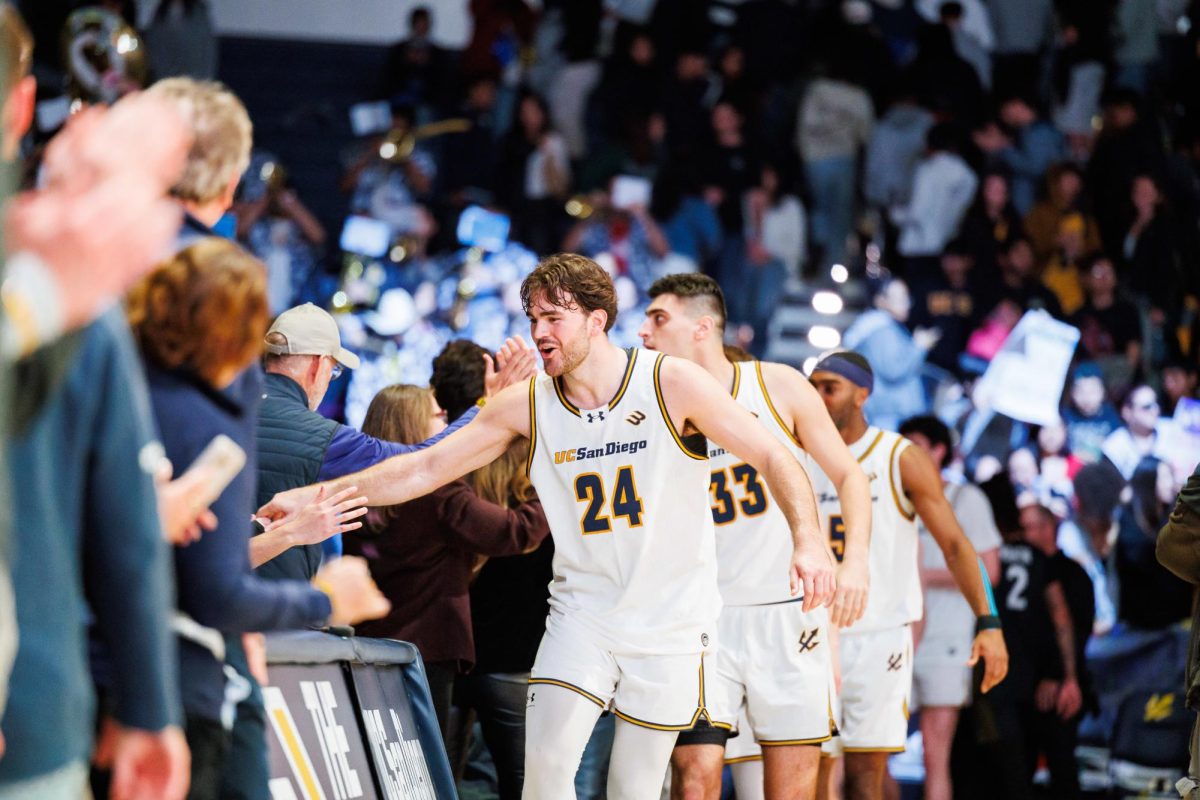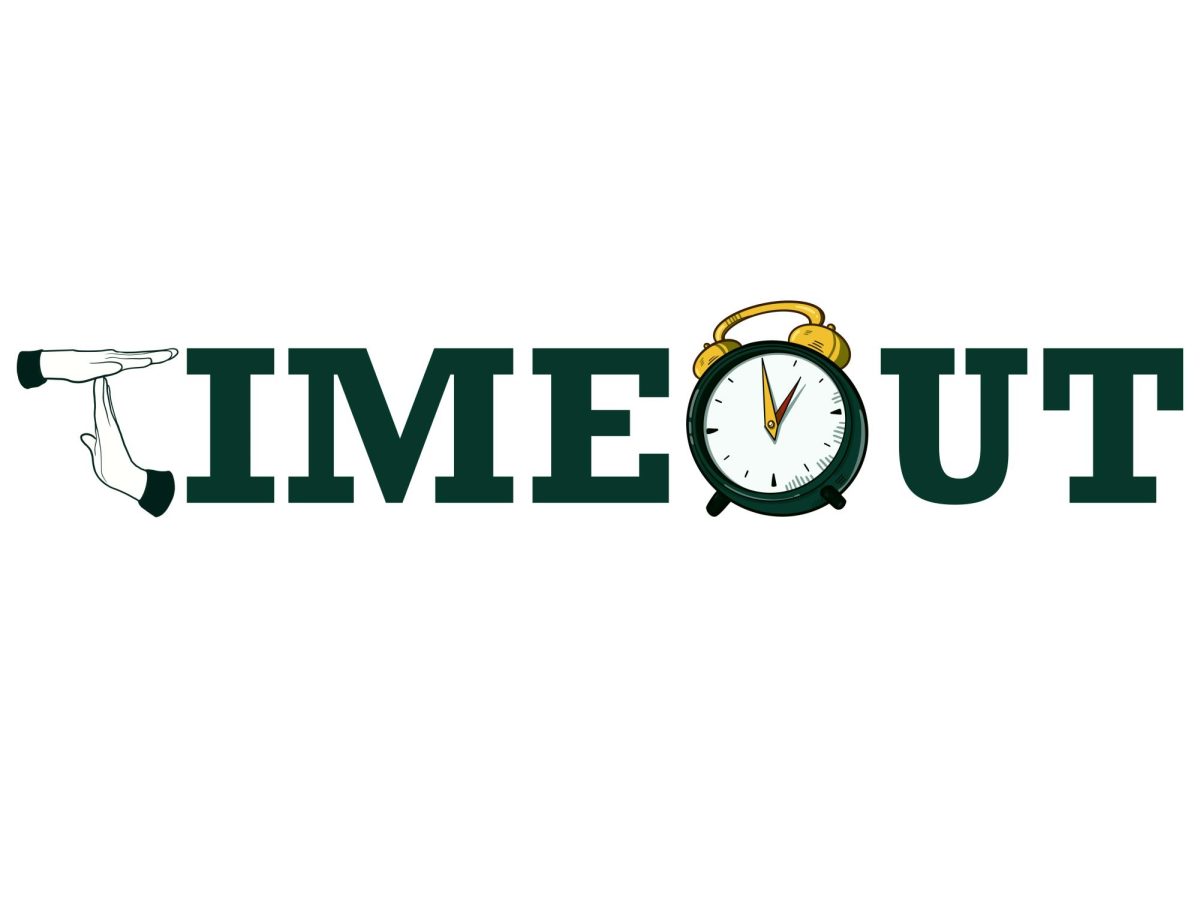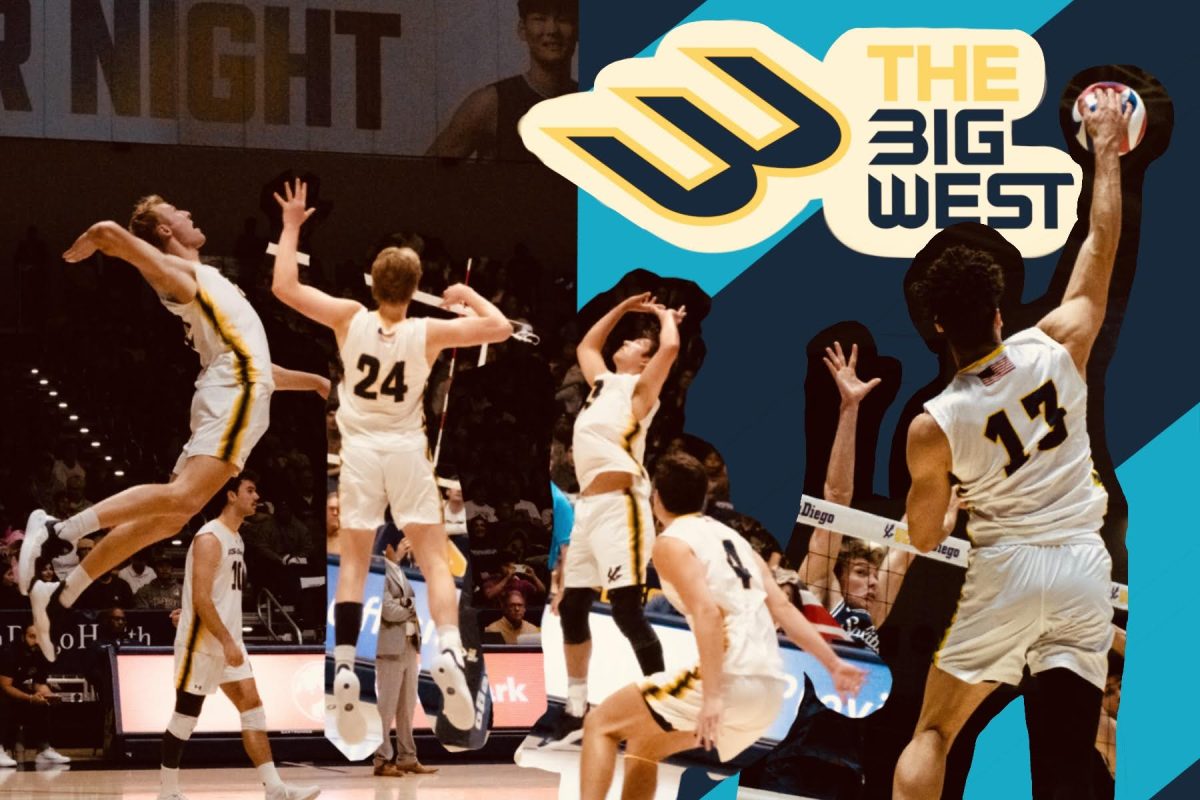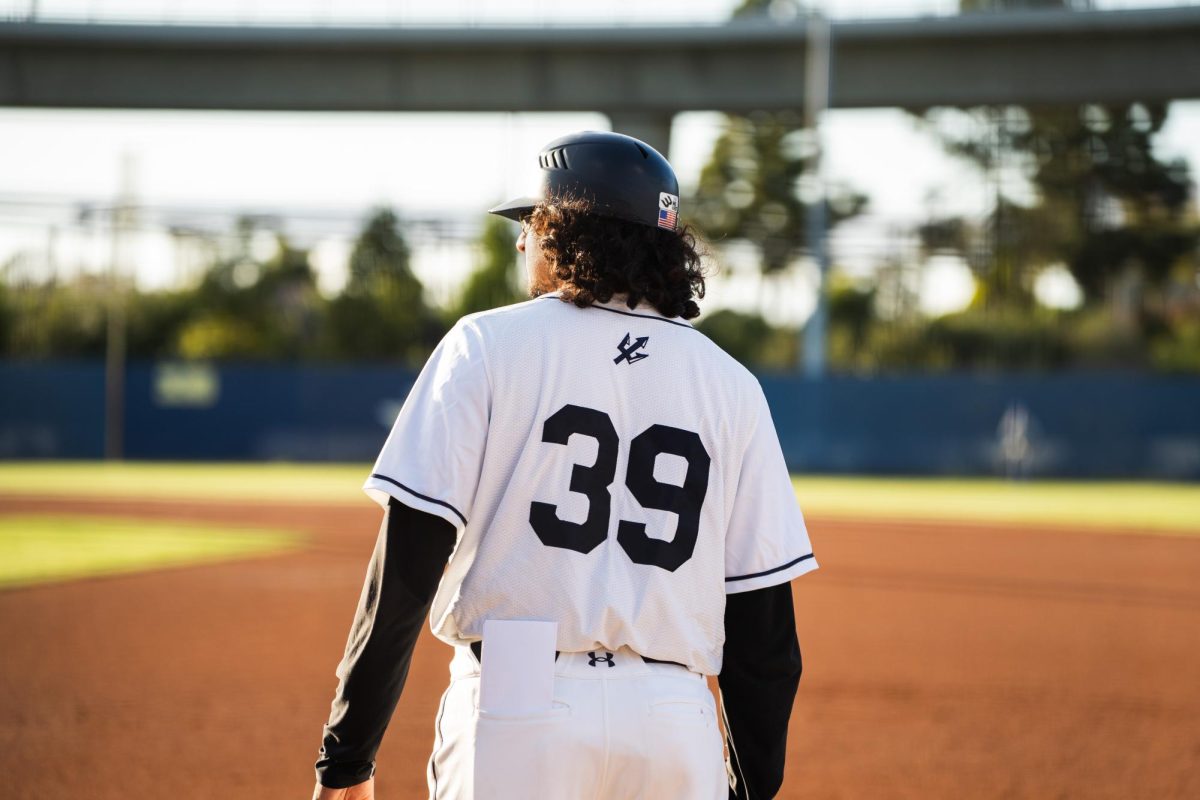The Philadelphia Eagles have made headlines several times for their extraordinary short yardage conversion rate on a play known as the “Brotherly Shove.” The shove is a re-engineered quarterback sneak in which two players line-up behind the quarterback to shove him during the play. In a typical sneak, the quarterback relies solely on the offensive line to create an opening through which he can run. Philadelphia runs the play better than anyone, so there have been mixed feelings of respect and dissent across the league.
The Eagles debuted the “Brotherly Shove” last season in Week 1 against the Detroit Lions. Philadelphia converted 93.5% of their revamped QB sneaks in 2022, and the NFL discussed removing the play during the offseason. Despite expressed dissent from several teams, the shove prevailed, and has continued this season.
This year, the Birds have converted over 93% of their shoves. Last Sunday, Philadelphia went 4 for 4 on sneak plays against the Miami Dolphins, and each one was crucial. Leading 24–17 with 10:01 left in the game, Philadelphia went for it on 4th-and-1 from their own 26-yard line. Head Coach Nick Sirianni had the guts to make the call — a call for which he would have been ridiculed had the sneak failed — and it paid off. Jalen Hurts and the Eagles’ overwhelming offensive line gained nearly three yards on a play that needed just one.
On the same drive, Sirianni kept the offense on the field for 4th-and-inches on the 37-yard line with 8:10 left in the game. Hurts and the offense rushed to the line, snapped the ball, and converted like clockwork. The Eagles would score a touchdown later in the drive, increasing their lead to 14 points. Thanks entirely to the “Brotherly Shove,” the Eagles put the proverbial nail in the coffin.
After the game, Sirianni addressed his offense’s infamous sneak: “It’s 1st-and-9 every down … People can’t do it like we do it … If everybody could do it, everybody would do it.”
Opposing defensive coordinators have not shared the same admiration for the play.
Washington’s Jack Del Rio said, “I would personally like to see it eliminated, not just because they run it better than anybody — although they do run it better than anybody — but I don’t think that’s a football play. I think it’s a nice rugby play, and it’s not what we’re looking for in football.”
By contrast, one of the most respected offensive minds in football, Sean McVay, had a different response when asked about stopping the play.
“I don’t know. You tell me … We tried it and it didn’t look very good,” McVay said. “You know, it looked nothing like Philly’s. When you see a lot of teams try to replicate it around the league, it doesn’t look anything like that … I don’t know that anyone has an answer [for it].”
McVay is right, nobody has an answer for it.
But why?
The “Brotherly Shove” has three key components: the offensive line’s leverage, the quarterback’s drive, and the push from behind. However, the Eagles do it better than anyone else because of a fourth component unique to them: personnel. The players are the most important component, and the Eagles have the best players at each position to master the shove.
Philadelphia’s offensive line, which includes Pro Bowlers Jason Kelce, Landon Dickerson, and Lane Johnson, is the best in the NFL. The shove begins with the offensive line. The front three linemen — Kelce, Dickerson, and Opeta — dive below the defensive linemen to create leverage, while the tackles — Johnson and Mailata — slide behind the guards and beside Hurts.
After the offensive line establishes leverage, Jalen Hurts looks for an opening in the pile through which to drive. Hurts squats north of 600 pounds — more than most NFL linemen — and it shows during the shove: He can drive through the pile, past the defensive line, and beyond the 1st-down marker.
Lastly, the “push” component of the shove makes the play unstoppable. AJ Brown and D’Andre Swift line-up behind Hurts and push him forward during the play. Brown looks like a linebacker playing receiver, and Swift is one of the most stout running backs in the NFL. Together, the Eagles’ personnel is perfect for the “Brotherly Shove.”
“We are gonna keep doing it as long as they keep letting us do it,” Kelce said. “I think everybody is complaining about it, so we’ll see how long that lasts … it’s won us games, and at this point multiple games.”
Other teams have tried the shove and failed. For example, the two “pushers” for the New York Giants injured themselves on the play a few weeks ago. Additionally, the Steelers tried (and ostensibly failed) a modified version of the shove against the Rams in Week 7 on a 4th-and-1 with 2:24 left in the game. Somehow, the officials spotted the ball beyond the first down marker, but Steelers quarterback Kenny Pickett was visibly short on what should have been an easy conversion.
The NFL plans to review the play again next offseason. However, failures to convert the shove across the league may influence the NFL to keep the play. Barring any serious injuries discovered as a direct result of the shove, it would be unfair to ban the play simply because one team excels at it, while others cannot.
When asked about the play’s potential ban, Jalen Hurts said, “I have no thoughts on it. We are the only people that are doing it as well as we are.”
Nonetheless, until it gets banned, the “Brotherly Shove” will continue its reign as one of the most notorious plays in Philadelphia sports history, second only to the immortal “Philly Special.”



